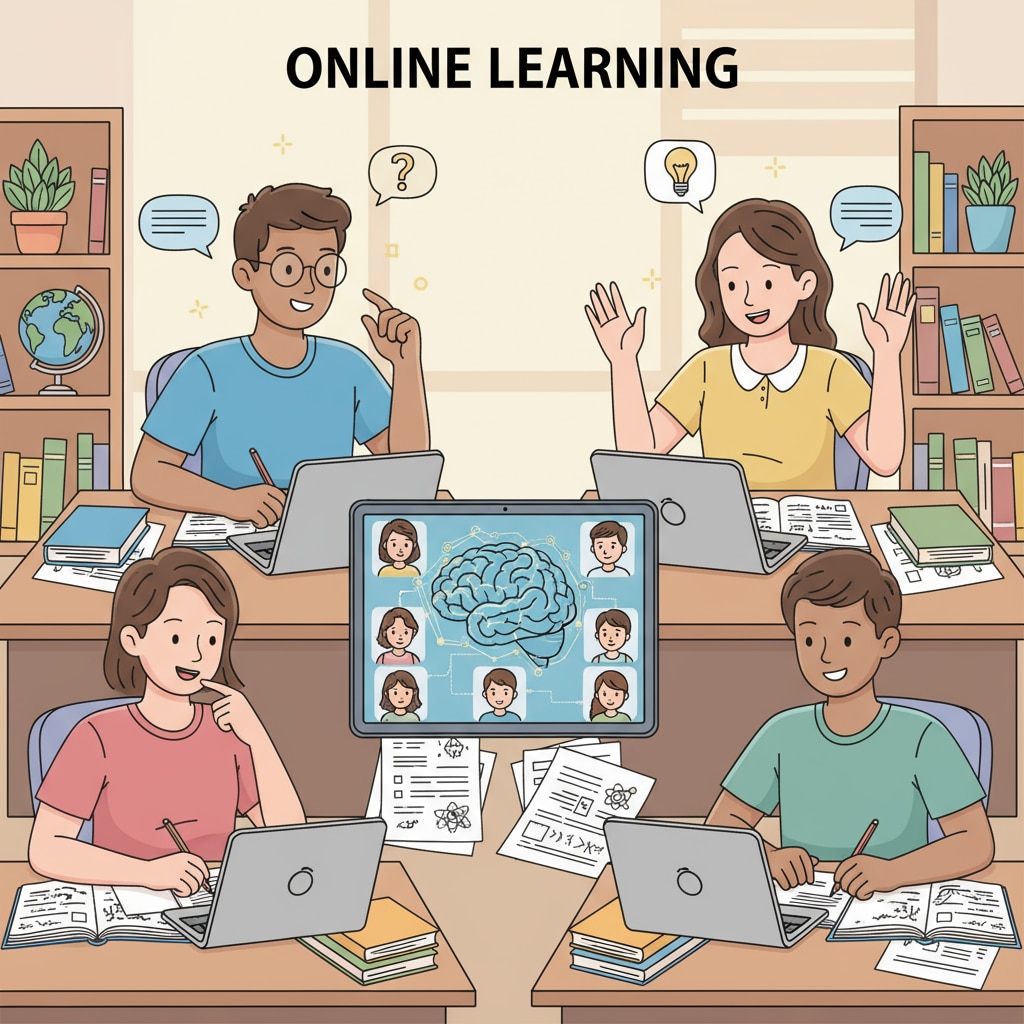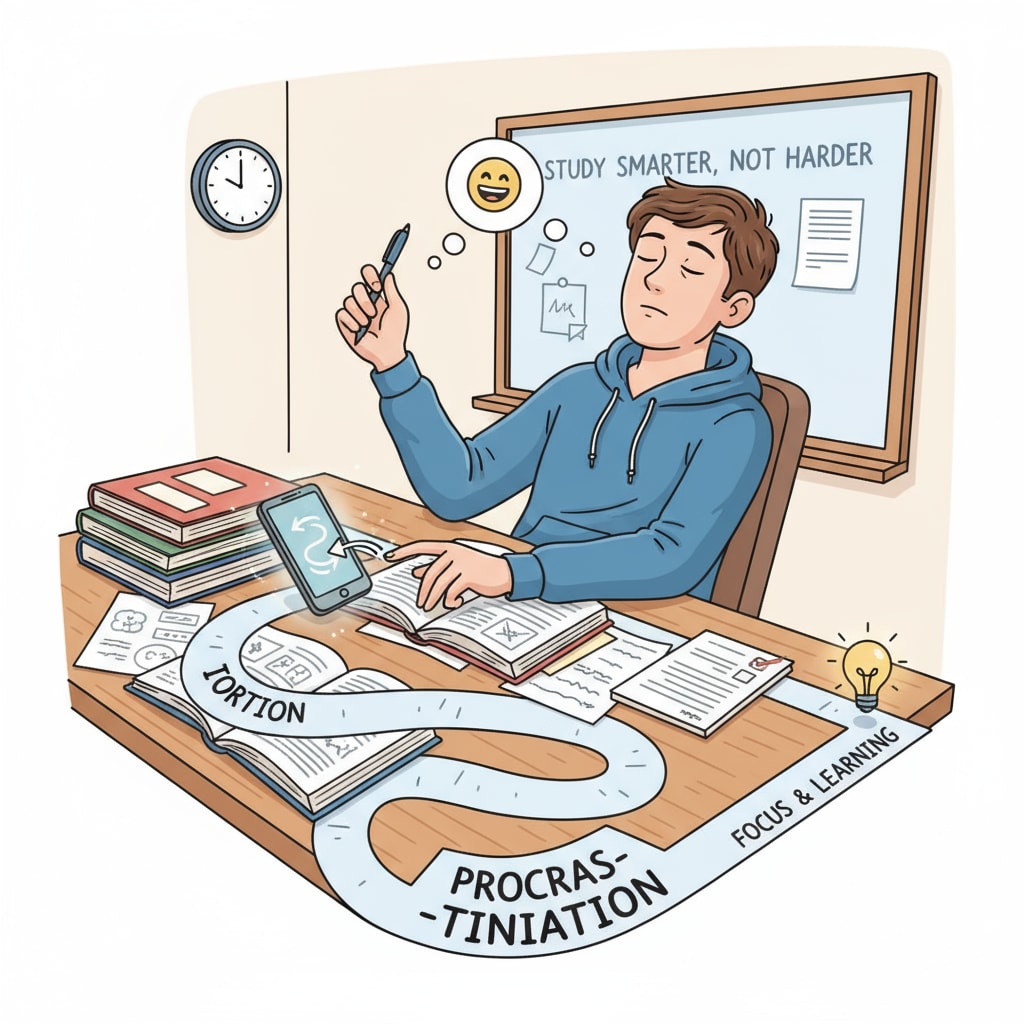Online learning, productivity, procrastination, and mental health are intertwined aspects that significantly impact students’ educational experiences. In today’s digital age, many teenagers, especially those with mental health concerns opting for distance education, face unique challenges. Let’s explore some effective strategies to overcome these hurdles and enhance productivity in the virtual learning environment.

Understanding the Root Causes of Procrastination
Procrastination often stems from various factors. For example, the lack of face-to-face interaction in online learning can make students feel isolated, which may lead to a lack of motivation. Additionally, the distractions at home, such as social media or household chores, can easily derail study plans. According to Wikipedia’s page on procrastination, understanding these root causes is the first step in combating it. Once students identify what triggers their procrastination, they can develop targeted strategies to address it.

Building a Structured Learning Routine
Establishing a structured routine is essential for maintaining productivity in online learning. Set specific study times each day, just as you would in a traditional classroom. This helps train your mind to focus during those periods. In addition, create a dedicated study space free from distractions. As stated on Britannica’s learning page, a consistent routine provides a sense of stability and control, which is beneficial for mental health and productivity. Make a to-do list for each study session to keep yourself organized and on track.
Another important aspect is taking regular breaks. Short, frequent breaks can actually improve focus and prevent burnout. For instance, use the Pomodoro Technique, where you work for 25 minutes and then take a 5-minute break. This simple yet effective method can enhance your productivity and maintain your mental well-being.
Readability guidance: By using short paragraphs and lists, we’ve made it easier to understand the key points. The use of transition words like ‘for example’, ‘in addition’ helps the flow of the text. Each H2 section has a clear focus, and we’ve kept the passive语态 to a minimum and the sentence length within the recommended range.


